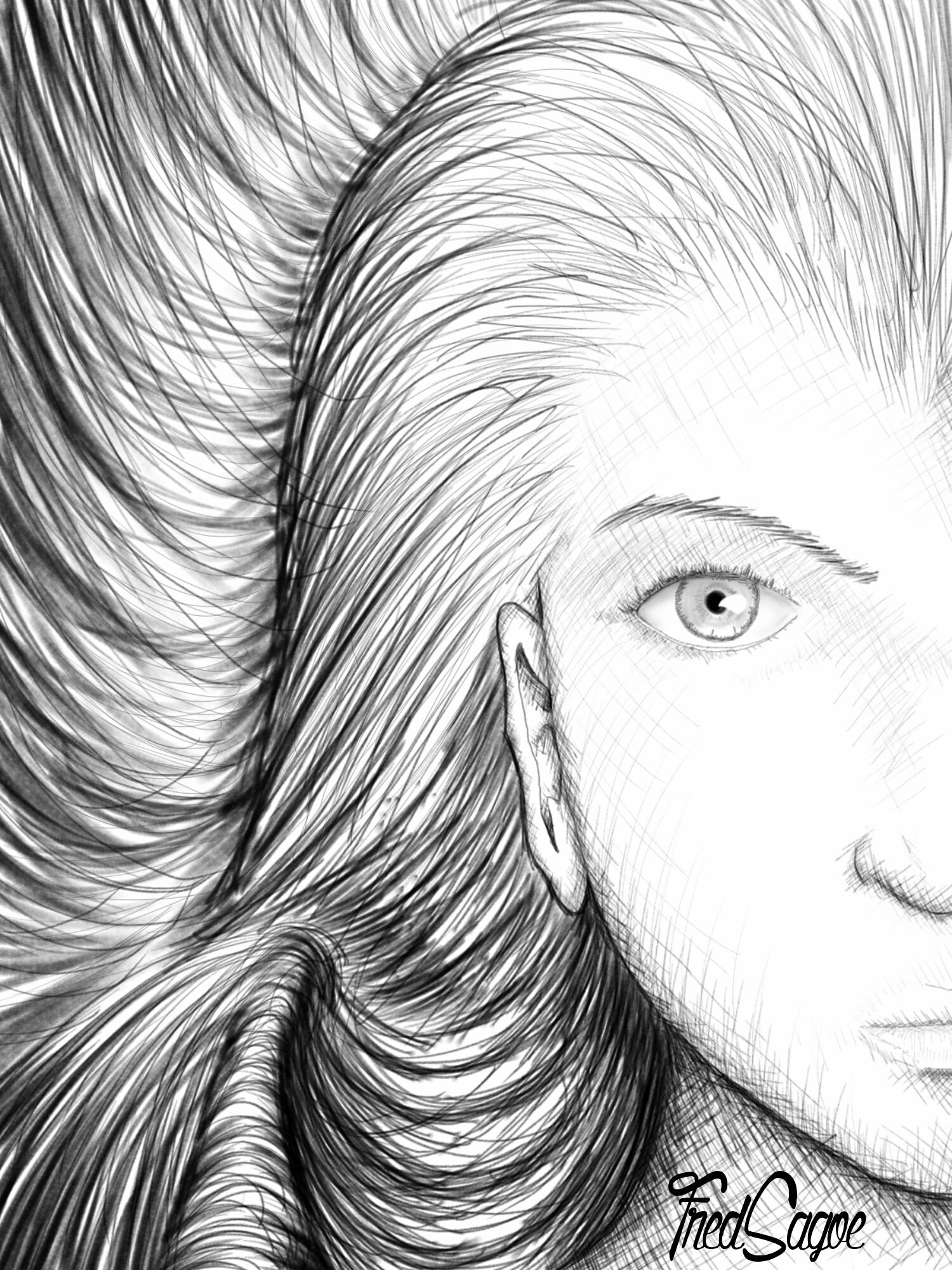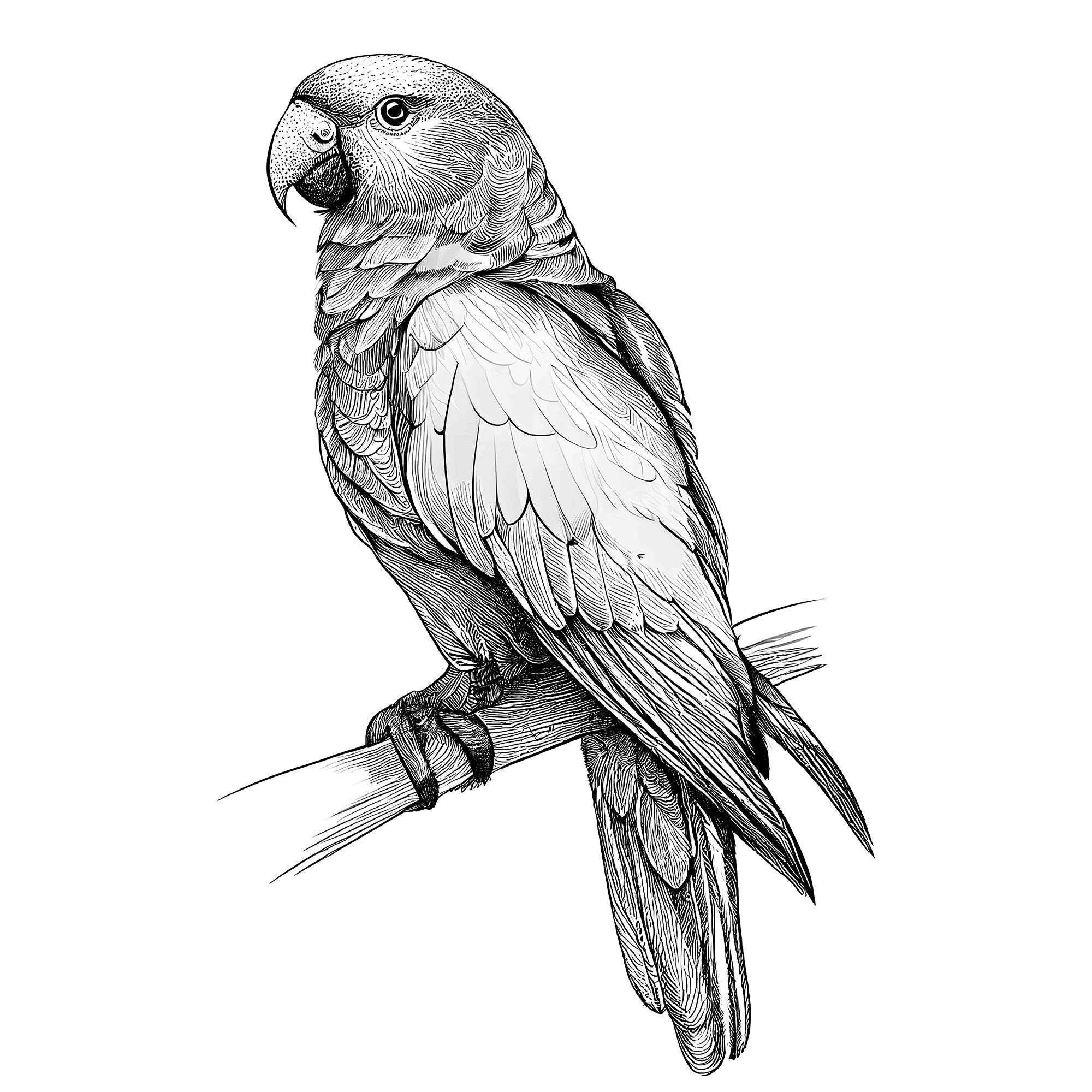There's been quite a bit of chatter lately about a particular design tool, and some of the things people are discovering about it might just surprise you. Folks are really digging into what makes this software tick, and what it means for how creative projects get done every day.
It seems people are looking beyond the surface, really trying to grasp the ins and outs of this program, especially when it comes to how it was first put together and how it stands up against other things out there. We're seeing a lot of discussion about its simple beginnings and how it has grown over time, so it's almost like a little peek behind the curtain.
This deep look at its basic ideas and how it works with other creative applications is giving us a fresh perspective. It's helping us all get a better feel for its place in the world of visual creation, and what its specific characteristics mean for those who spend their days making things look good on screens.
Table of Contents
- What Makes Sketch Unique?
- The Sketch Leaked Details - A Look at Early Design Choices
- Is There a Windows Solution for Sketch Files?
- Sketch File Format Uncovered - What You Need to Know
- What's the Deal with Sketch Tool Pricing and Updates?
- How Do You Handle Text in Sketch Leaked Documents?
- Why Do Designers Import Figma Files into Sketch?
- What About Sketch's Features Compared to Figma?
What Makes Sketch Unique?
When the people behind Sketch first started putting it together, they had a very clear idea in mind. They wanted something that felt light on its feet and responded quickly to what you were doing. This meant, so, taking out a lot of the extra bits and pieces that you might find built into programs like Adobe Photoshop or Illustrator.
If you think back to the early days, say, compared to something like Illustrator CS4, the way Sketch looked and felt was very, very straightforward. It didn't have all those complicated layers of tools that Adobe programs often present. This simple approach was a big part of its original charm and, you know, what made it stand out for many people who were getting into visual design work.
It was built with a particular kind of creative person in mind, someone who needed a tool that got straight to the point without a lot of fuss. This focus on being nimble and quick, actually, really helped it gain a following among those who valued speed and a clean workspace above all else.
- Chris Evans Wife
- John Cena Wife
- Desiree Gabrielle Dennis Dylan
- Ariana Grande Eating Disorder
- Farmer Wants A Wife Season 2
The Sketch Leaked Details - A Look at Early Design Choices
The core idea behind Sketch, from its very beginning, was to be a tool that felt nimble and moved at a good pace. This meant consciously leaving out many of the extra functions that you might find tucked away inside other design software, like Adobe Photoshop or Illustrator. It was a deliberate choice, you see, to keep things streamlined.
If you were to look at the very first versions of Sketch, especially next to something like Illustrator CS4, you'd notice the way it was laid out was incredibly simple. It really didn't have those layers upon layers of tools that could sometimes make other programs feel a bit overwhelming. This straightforwardness was, in a way, part of its appeal, offering a less cluttered space for people to create.
This early design philosophy, which focused on lightness and quickness, truly shaped what Sketch became. It was about giving designers a clear path to their creative work without a lot of distractions, so, making the process feel more direct and less like you were trying to find your way through a maze of options.
Is There a Windows Solution for Sketch Files?
For a long time, if you wanted to use Sketch or even just look at Sketch files, you really needed to have a Mac computer. This particular limitation caused a lot of disappointment, and frankly, some headaches, for designers who were working on Windows machines. They just couldn't get their hands on it, which was a real bummer for them.
But, you know, things started to change. A free software program called Lunacy came along, made specifically for Windows, and it could actually open and let you edit Sketch files. Over the past couple of years, this program has, in some respects, grown quite a bit. It's been slowly but surely adding more and more capabilities, becoming a very useful option for those Windows users who felt left out.
So, while Sketch itself remains a Mac-only affair, the arrival of tools like Lunacy means that Windows users don't have to feel quite so frustrated anymore. They now have a way to interact with those Sketch files, which is pretty handy, especially if they are collaborating with folks who do use Macs.
Sketch File Format Uncovered - What You Need to Know
The Sketch format is simply the type of file that the UI design software Sketch creates or saves. It's just like, say, when you use Photoshop, you'll end up with a PSD file. Each software tends to have its own special way of saving things, and for Sketch, that's its unique file type.
A general rule of thumb when you're trying to open one of these files is that it's usually best to open it with the very same software that made it in the first place. This approach helps make sure that everything inside the file looks and works exactly as it should. It helps keep all the bits and pieces in their proper places, which is pretty important for design work.
This principle applies to Sketch files too. While other programs might be able to open them, using Sketch itself often gives you the most reliable experience. It's about keeping things consistent and making sure you don't lose any of the original design information, which, you know, can happen sometimes when you try to use a different program.
What's the Deal with Sketch Tool Pricing and Updates?
The team behind the Sketch tool is, in a way, a rather small and relatively new group. But what they lack in size, they seem to make up for in how often they put out updates. They are pretty consistent about rolling out new versions, and they are also, apparently, quite good at listening to what their users say.
When it comes to getting your hands on the software, it costs a certain amount, and the actual program file itself is surprisingly small, just under ten megabytes. Getting it set up, even if you find a way around paying, is pretty straightforward. However, it's generally a good idea, whether you have a lot of money or not, to actually buy the official version. This is a real way to show your support for the people who are making something that genuinely helps you in your work, which is pretty cool.
They have, however, made some changes to how you pay for Sketch recently. What used to be a one-time purchase, giving you access forever, has now shifted to a subscription model based on time. This means your access to updates and maybe even the software itself has a time limit. It's a different way of doing things, and, you know, it's something users have had to get used to.
How Do You Handle Text in Sketch Leaked Documents?
Typically, Sketch is used to create picture files, or images. But, you know, a bit of a challenge comes up because any words that are part of those pictures usually can't be searched. This can be a bit of a problem in specific situations where you really need to find certain phrases or bits of writing within your design files.
For those who keep their design information in Sketch documents, there's been a question about how to reliably get that information into a format where the text is actually searchable. People want to know if there's a dependable way to change these documents over so that the words become accessible for searching, which is a fairly common need for many.
This is something many people are interested in, and it gets a lot of views and followers on places like Q&A sites. They are looking for good, solid methods to make the text in their Sketch-generated images something they can actually look up and find, which, you know, makes sense for keeping things organized and easy to work with.
Why Do Designers Import Figma Files into Sketch?
Sketch allows for other programs to connect with it, like bringing in extra features or getting data from outside sources. Because of this, many people who design things and those who build software like to take their files from Figma and bring them into Sketch. They then change these files so they fit the Sketch format, which is pretty handy.
Figma, for its part, does let you bring in Sketch files, which is a good thing. However, it doesn't directly let you save files out in the Sketch format. This means if you start something in Figma, and you want it in Sketch, you'll need to do a bit of a conversion trick, or use a workaround, to get it there.
Currently, a few popular design programs, including Figma, Sketch, and XD, all let you bring in files that are in the Sketch format. So, if you can get your file into the Sketch format, you then have a lot more freedom to move it between these different programs. This makes it much easier to share and work on projects across various tools, which is, you know, a big plus for collaboration.
What About Sketch's Features Compared to Figma?
When you look at how Sketch handles styles, it pretty much sticks to just effect styles. Figma, on the other hand, gives you a lot more options for how you can set up styles. It includes borders, fills, effects, and even layout grids. This wider range of options in Figma makes it, apparently, easier to keep your design rules consistent and well-organized.
Beyond just styles, Figma also has some other things that Sketch doesn't quite have yet. These include features like different versions of components, which are parts of your design you can reuse, and ways to automatically arrange things on your page. It also has smart selection tools that help you pick out elements more easily. Sketch hasn't caught up with these particular features, which, you know, can be a consideration for some users.
So, while Sketch has its own strengths, particularly in its original design philosophy of being light and quick, Figma has certainly pushed ahead with a broader set of features that help with keeping designs neat and working with reusable parts. This difference in what each tool offers is something designers often think about when picking which one to use for their projects, so it's a very practical comparison.
- David Thornton
- Gigi Paris
- Alec Baldwin Net Worth
- Mario Batali
- What Is The Strongest Weight Loss Prescription Pill


